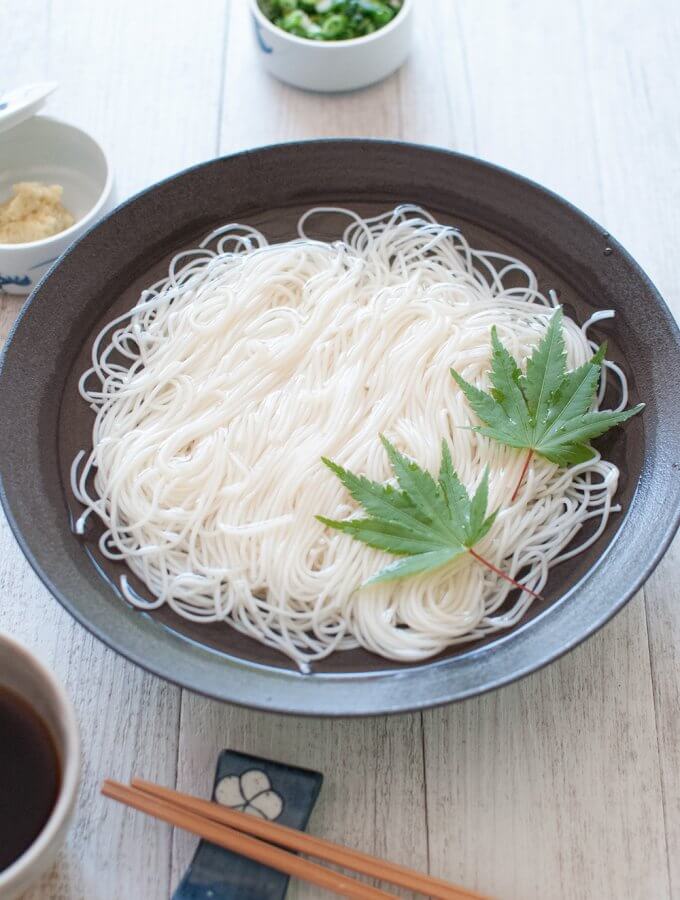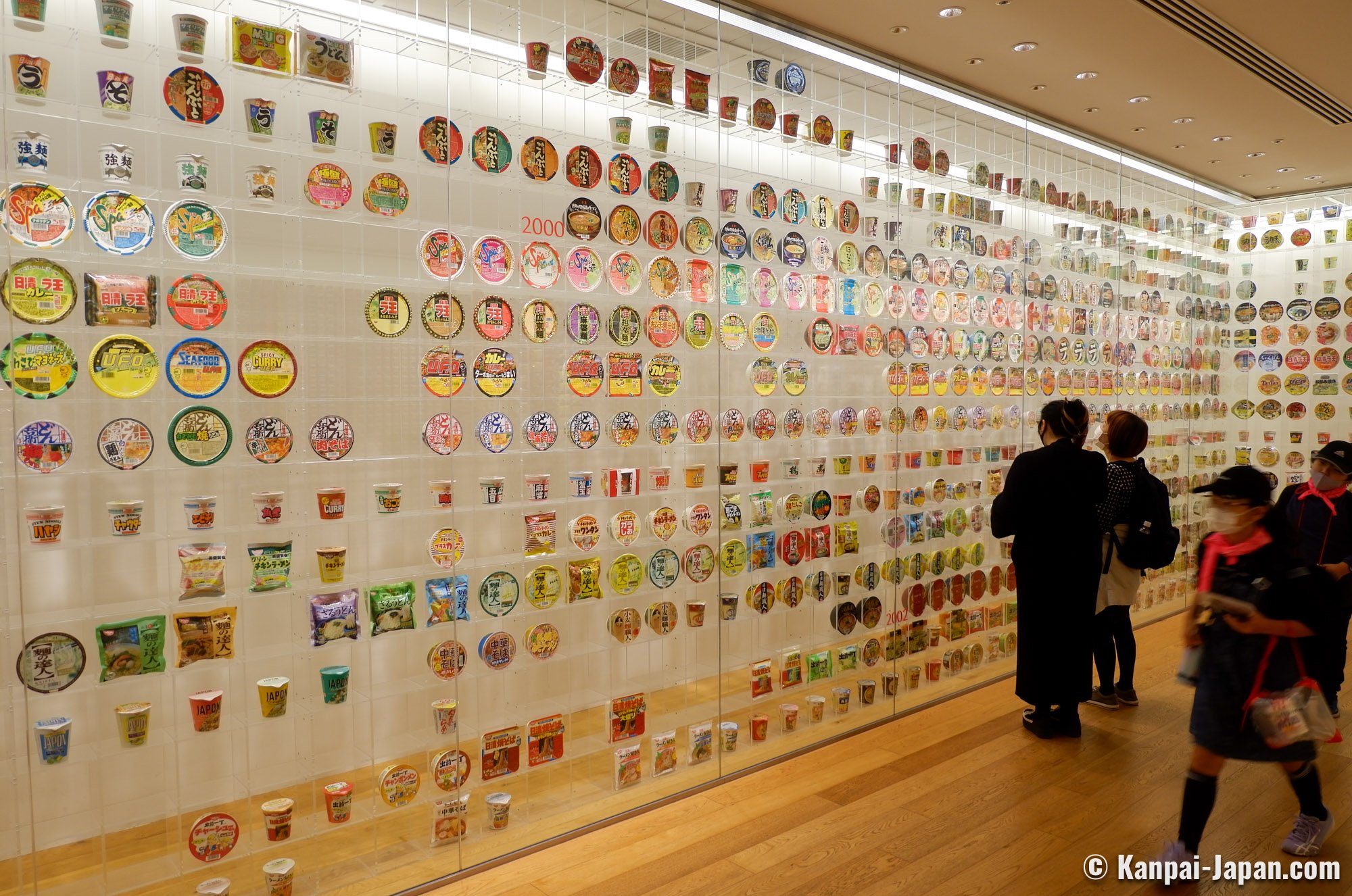Japan noodles have become a global phenomenon, captivating food enthusiasts worldwide with their rich flavors and diverse varieties. From the comforting warmth of ramen to the refreshing taste of soba, these noodles offer a delightful culinary experience that resonates with people from all walks of life. Japanese noodle culture is not just about food; it's a celebration of tradition, innovation, and the art of crafting simple ingredients into masterpieces.
Japan's noodle scene is vibrant and diverse, reflecting the country's deep culinary heritage. Each type of noodle carries its own unique story, rooted in centuries of tradition and evolution. Whether you're slurping a bowl of hot udon on a chilly winter day or enjoying cold somen during the summer, Japanese noodles cater to every season and mood, making them a year-round favorite.
This article dives deep into the world of Japan noodles, exploring their history, cultural significance, preparation methods, and the best ways to enjoy them. We'll also provide practical tips for cooking authentic Japanese noodles at home and highlight some of the most iconic noodle dishes that have captured the hearts of food lovers globally. Let's embark on this flavorful journey together!
Read also:Cy Kass The Ultimate Guide To Understanding His Impact And Influence
Table of Contents
- History of Japan Noodles
- Types of Japan Noodles
- Preparing Japan Noodles
- Cultural Significance of Japan Noodles
- Health Benefits of Japan Noodles
- Popular Japan Noodle Recipes
- Best Japan Noodle Restaurants
- Cooking Japan Noodles at Home
- Statistics on Japan Noodle Consumption
- Future Trends in Japan Noodles
History of Japan Noodles
The origins of Japan noodles can be traced back to ancient times when Chinese noodles were introduced to Japan. Over the centuries, Japanese chefs adapted these noodles to suit local tastes and ingredients, creating distinct varieties that are now synonymous with Japanese cuisine.
Evolution of Noodle Culture
Initially, noodles were considered a luxury item reserved for special occasions. However, as production methods improved and wheat became more widely available, noodles gradually became a staple in Japanese households. The Meiji period (1868–1912) marked a significant turning point in the evolution of noodle culture, with the introduction of ramen and the rise of noodle shops across the country.
Types of Japan Noodles
Japan boasts a wide array of noodle varieties, each with its own unique characteristics and preparation methods. Below are some of the most popular types:
- Ramen: A beloved dish made with wheat noodles served in a flavorful broth, often topped with ingredients like pork, seaweed, and green onions.
- Soba: Thin buckwheat noodles that can be enjoyed either hot or cold, often paired with dipping sauces or broths.
- Udon: Thick wheat noodles typically served in a hot broth or chilled with a dipping sauce.
- Somen: Thin wheat noodles often served cold during the summer months.
- Yakisoba: Stir-fried noodles mixed with vegetables and meat, often served with a sweet and savory sauce.
Preparing Japan Noodles
Preparing authentic Japan noodles requires attention to detail and a good understanding of traditional techniques. Here are some key steps to ensure your noodles turn out perfectly:
Essential Ingredients
When making Japan noodles, it's important to use high-quality ingredients. For example:
- For ramen, choose fresh wheat noodles and prepare a rich broth using ingredients like pork bones, miso, or soy sauce.
- For soba, use a blend of buckwheat flour and wheat flour to achieve the right texture.
Cultural Significance of Japan Noodles
In Japan, noodles hold a special place in the cultural fabric. They are often associated with celebrations, rituals, and everyday life. For instance, soba noodles are traditionally eaten on New Year's Eve in a custom known as "toshikoshi soba," symbolizing a smooth transition into the new year.
Read also:Kyle Larson Parents Meet The Family Behind The Racing Legend
Noodles in Japanese Festivals
Many Japanese festivals feature noodle dishes as central elements. During the summer, outdoor stalls serve cold somen noodles to help people cool down in the heat. These culinary traditions reinforce the importance of noodles in Japanese culture.
Health Benefits of Japan Noodles
Contrary to popular belief, many types of Japan noodles offer health benefits when prepared correctly. For example:
- Soba noodles are rich in protein and fiber, making them a nutritious choice.
- Udon noodles, when paired with vegetables and lean proteins, can provide a balanced meal.
Popular Japan Noodle Recipes
Here are a few popular Japan noodle recipes that you can try at home:
Shoyu Ramen
Shoyu ramen is a classic dish featuring soy sauce-based broth, wheat noodles, and toppings like boiled eggs and nori. To make this dish:
- Prepare the broth by simmering soy sauce, dashi, and other seasonings.
- Cook the noodles according to package instructions and serve them in the broth.
- Add toppings of your choice and enjoy!
Best Japan Noodle Restaurants
If you're looking to experience authentic Japan noodles, here are some renowned restaurants:
- Ippudo: Famous for its rich tonkotsu ramen.
- Menya Musashi: Offers a variety of creative ramen dishes.
- Soba Taro: Specializes in traditional soba noodles.
Cooking Japan Noodles at Home
Cooking Japan noodles at home can be a rewarding experience. Start by sourcing authentic ingredients and experimenting with different recipes. YouTube tutorials and cookbooks can provide valuable guidance for beginners.
Statistics on Japan Noodle Consumption
According to a study by the International Ramen Manufacturers Association, global ramen consumption reached 107 billion servings in 2020. This statistic highlights the growing popularity of Japan noodles worldwide.
Future Trends in Japan Noodles
As global interest in Japanese cuisine continues to grow, new trends are emerging in the world of Japan noodles. Innovations such as plant-based ramen and gluten-free soba noodles cater to modern dietary preferences. Additionally, fusion dishes that combine Japan noodles with international flavors are gaining traction among adventurous foodies.
Global Expansion
Japan noodles are increasingly being embraced by chefs and food enthusiasts around the world. This global expansion is driving innovation and creativity in the culinary space, ensuring that Japan noodles remain a beloved choice for generations to come.
Conclusion
In conclusion, Japan noodles represent a fascinating blend of tradition, innovation, and culinary artistry. From their humble beginnings to their current status as global culinary icons, these noodles continue to captivate and delight food lovers everywhere. Whether you're enjoying a bowl of ramen in Tokyo or making soba noodles at home, the world of Japan noodles offers endless possibilities for exploration and enjoyment.
We invite you to share your favorite Japan noodle recipes or experiences in the comments below. Don't forget to explore our other articles for more insights into Japanese cuisine and beyond. Happy slurping!


